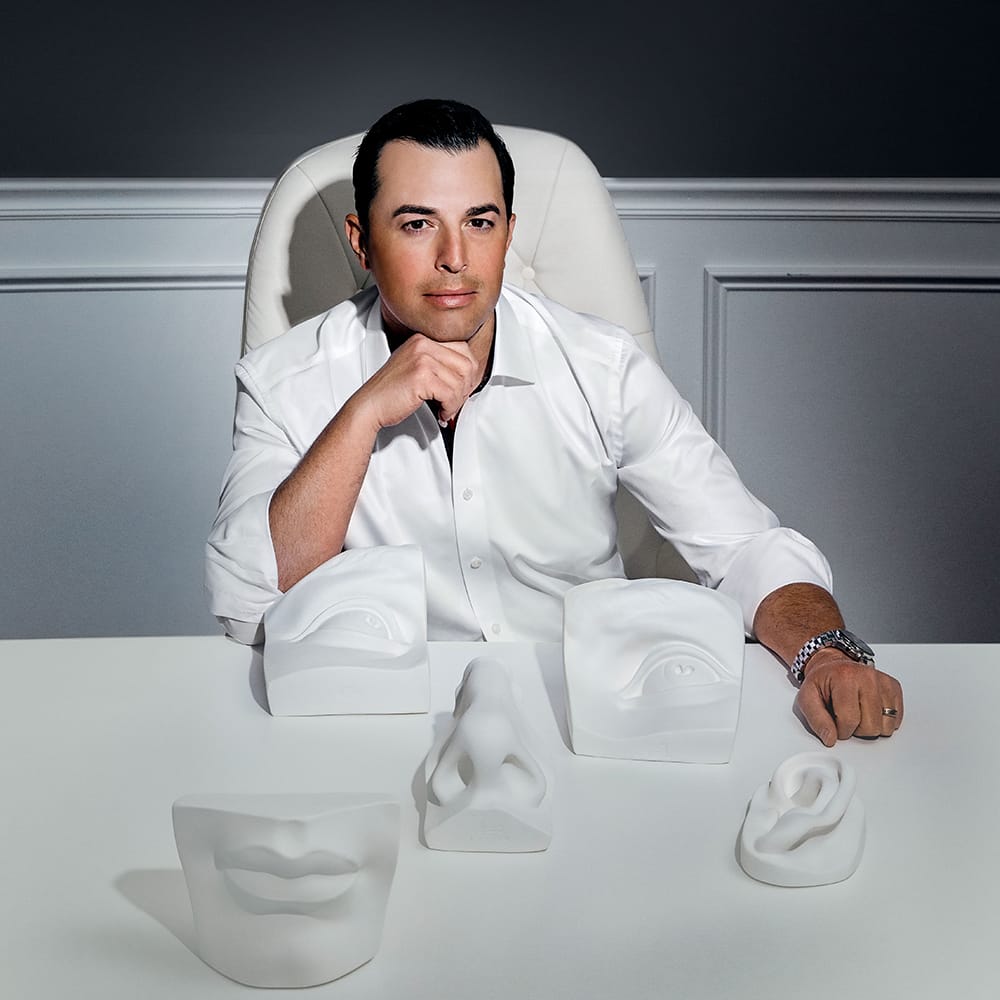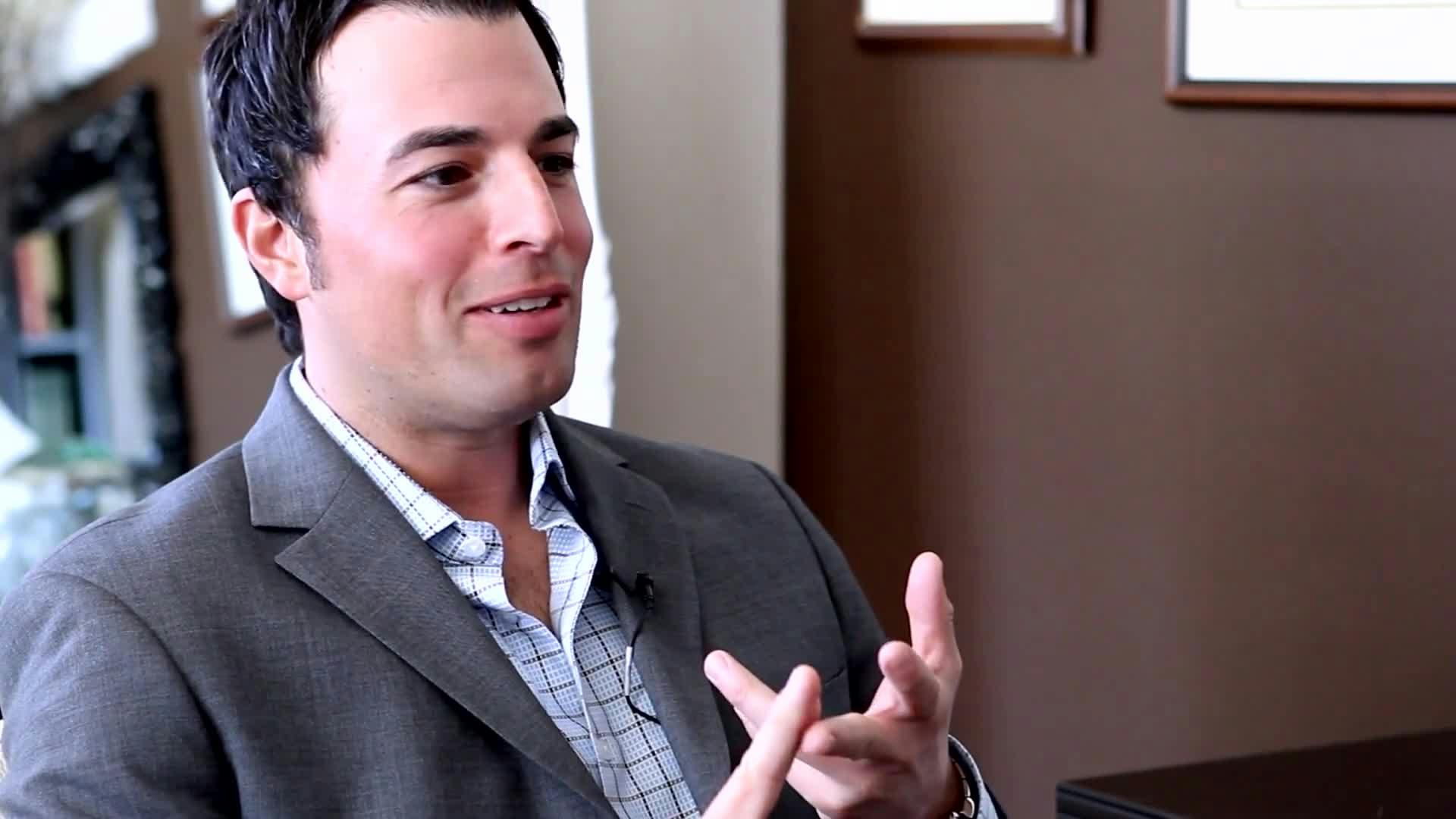Treatment for facial scars: A custom approach
Examples of disfiguring scars include keloids, widened scars, and thickened hypertrophic scars. Both keloid and hypertrophic scars are wounds that heal in excess above the skin’s surface. The difference between a keloid and a hypertrophic scar is that a keloid continues to enlarge beyond the original size and shape of the wound, while a hypertrophied scar enlarges within the confines of the original wounded area.
Although both can be red and raised, keloids continue to grow, and hypertrophic scars tend to regress over time. Both can recur after surgical excision; however, the recurrence of keloid scars is more common. Widened scars are wounds that separate during the healing process, usually in response to excess tension on the wound edges. In New Jersey and the Philadelphia area, board-certified plastic surgeons are extensively trained in facial reconstructive surgery and have many tools as well as techniques at their disposal to provide revision.




